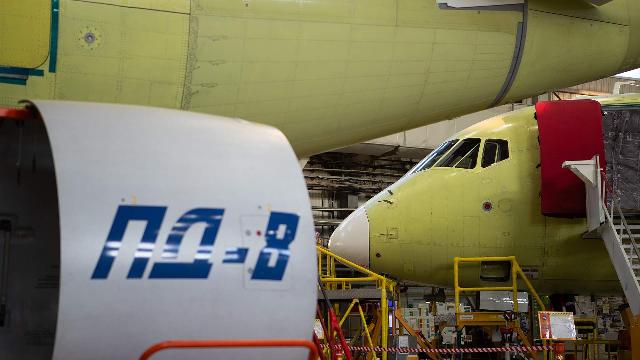How many airliners are planned to be produced from 2026 and will they be enough for fleets
In early 2025, flight tests of two SSJ-100 New aircraft with Russian PD-8 engines will take place, the United Aircraft Corporation (UAC) told Izvestia. In parallel, work is underway to deploy serial production of the SSJ-100. About 20 sides are in varying degrees of readiness. The import—substituted airliner is actually a new aircraft that should gradually displace French-Russian vehicles with SaM146 engines. After 2026, the corporation will reach production volumes of up to 30 airliners per year, but by that time, the workload of Russian airline fleets will be critical due to the growing demand for transportation and the departure of foreign aircraft, experts say.
New aircraft with PD-8 engine
Two import-substituted SSJ-100 New aircraft are ready for testing in 2025. Currently, passenger cabin options are being worked out on airliners and equipment is being tested.
"We expect to receive PD—8 engines in early 2025, after which the aircraft will be transferred to the flight test station of the Komsomolsk-on-Amur plant to prepare for flight tests,— UAC (part of Rostec State Corporation) told Izvestia. After the installation and verification of the power plants, fully import-substituted airliners with domestic equipment on board will take off.
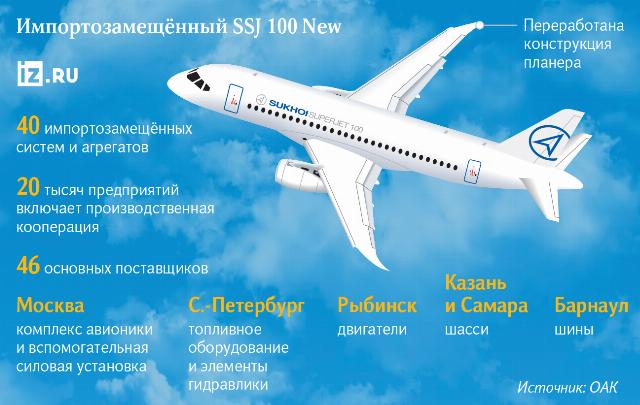
So far, only planes with French-Russian SaM146 engines have flown. Even the first import-substituted version of the SSJ-100, used since June 2024 for flight tests of aviation equipment, is armed with foreign engines. In the Russian-French PowerJet SaM146, the entire "hot part" (gas generator, high-pressure compressor, combustion chambers and turbines) was manufactured by the French Snecma. After the sanctions were imposed, there were problems with their maintenance, so a course was set for a complete upgrade of the aircraft. The import-substituted SSJ-100 New with PD-8 engines will conduct about 200 test flights during the year, the UAC noted.
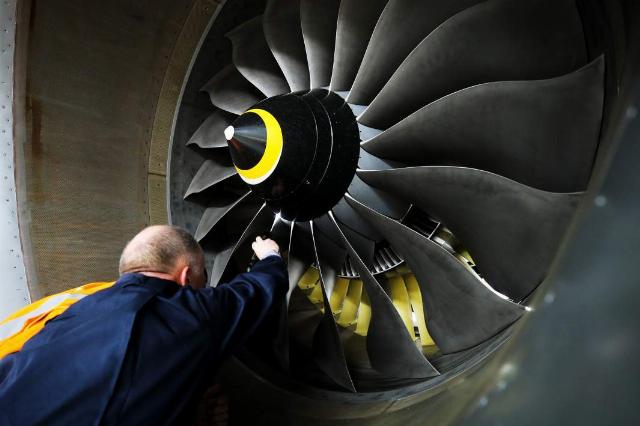
Photo: RIA Novosti/Nina Padalko
Image source: iz.ru
Replacing the SaM146 with the PD-8 is economically impractical — it would require a similar cycle of certification tests, which is expensive and time-consuming, the United Engine Corporation (UEC, part of Rostec) told Izvestia. Therefore, the SSJ-100 New aircraft was created for PD-8 and domestic equipment.
In fact, this is a deep modernization of the aircraft, which will accommodate about 40 import-substituted systems and assemblies. The new equipment is different in size, the airframe design has been redesigned, the production process, maintenance and repair of the aircraft have been simplified, the UAC said.
There are 46 main suppliers for SSJ-100 New, and the production cooperation includes 20 thousand enterprises. For example, an avionics complex and an auxiliary power plant are being built in Moscow, fuel equipment and hydraulic elements are being built in St. Petersburg, and engines are being built in Rybinsk, the aviation corporation said.
The experience of long-term operation of the liner is taken into account. As previously reported to Izvestia by the Ministry of Industry and Trade, based on the results of the recommendations of the IAC, the aircraft developer was recommended to finalize the landing gear design. After testing, the design solutions will be implemented on the SSJ-100 New. A service bulletin will also be issued to finalize the flying fleet. The flaps of the main landing gear are made in Kazan, the landing gear itself is made in Samara, and the tires are made in Barnaul.
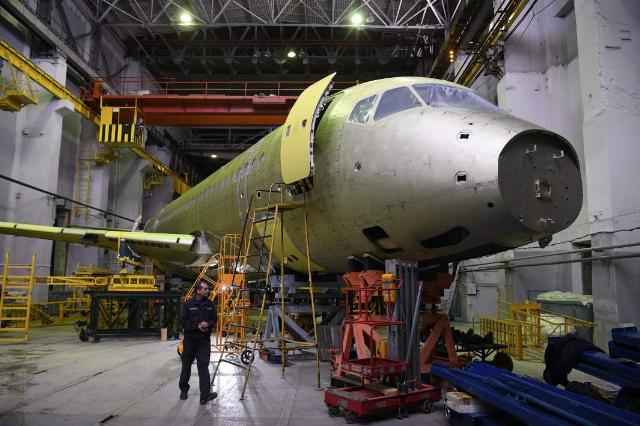
Photo: RIA Novosti/Alexander Kryazhev
Image source: iz.ru
In parallel, UAC is working on the deployment of serial production of the SSJ-100 New. The final assembly workshops of the Yakovlev production center in Komsomolsk-on-Amur are being reconstructed, where a direct-flow line is being organized. A new hangar of the flight test station for two aircraft has already been commissioned. At the moment, about 20 sides are already in varying degrees of readiness. According to the Ministry of Industry and Trade, in 2025, UEC will deliver six PD-8 engines, and in 2026 — 44, which can be equipped with up to 22 SSJ-100 New.
In the future, the company plans to reach a rhythmic pace of production of about 30 aircraft per year, the UAC said.
How will foreign airliners be replaced
With the commissioning of the upgraded SSJ-100 New, the old SaM146-powered airliners will continue to operate. According to the UEC, engine maintenance has been organized at the corporation's facilities to maintain their airworthiness. A range of consumables has been developed and is being produced that were previously supplied from abroad, including a fuel filter, spark plug and other parts, the company added.
"Import substitution of fuel filters is extremely important, as there have been problems with them in recent years," Andrey Patrakov, founder of the RunAvia flight safety service, told Izvestia.
The fact is that the filters for SaM146 were manufactured abroad and were not supplied after the sanctions were imposed. Import is difficult due to the extremely limited number of manufacturers. Therefore, the old filters were simply cleaned and put back on the planes, which created risks of their incorrect operation, the aviation expert noted.
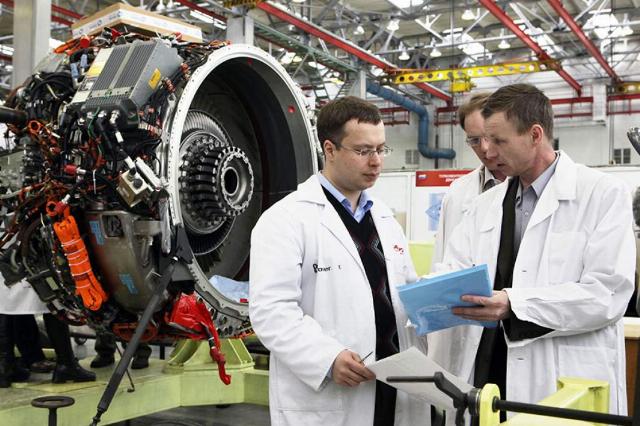
Photo: TASS/Marina Lisseva
Image source: iz.ru
According to the UAC, in less than three years, the number of SSJ-100 components serviced in Russia has increased fivefold and today stands at 311 items. Domestic analogues have been mastered for 214 components. Nine alternative components have been developed, and by 2026 their number will grow to 59.
There will be a great need for airliners in the near future. There are clearly not enough foreign aircraft to meet the growing demand for transportation, an aviation expert, editor-in-chief of the portal, told Izvestia. Avia.ru Roman Gusarov.
Seat occupancy has now exceeded 90%, and on some flights it has reached 96%. In 2026, the shortage of aircraft will put a lot of pressure on the market. Therefore, the sooner deliveries of new aircraft begin, the better, the expert notes.
— We also need to think about maintaining the airworthiness of foreign aircraft, — said Andrey Patrakov. — This will help extend the airworthiness of the Airbus and Boeing fleet.
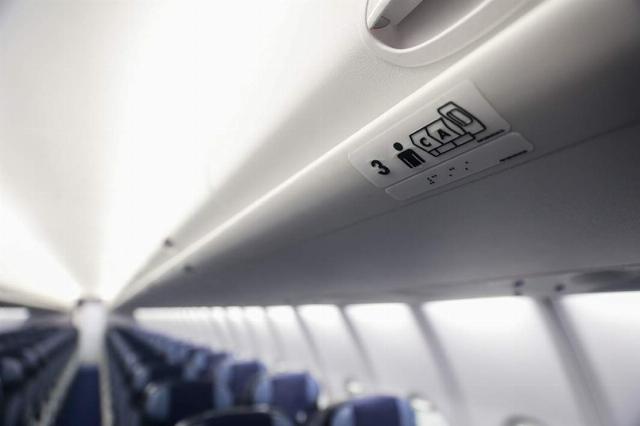
Photo: TASS/Zuma
Image source: iz.ru
So far, the problems with spare parts and components are being solved, despite the total pressure from unfriendly countries. However, the existing supply channels are not eternal, the expert noted.
— It is necessary to prepare the domestic industry for the production of components for foreign airliners, even if it requires huge investments, — says Andrey Patrakov. — For example, to adapt the domestic PD-14 engine, as well as avionics to the Airbus A320, you need to spend up to half the cost of developing a new aircraft.
According to him, in the current reality, such expenses may become justified, as it will be faster than domestic aircraft will appear, the expert concluded.
Vladimir Gavrilov
